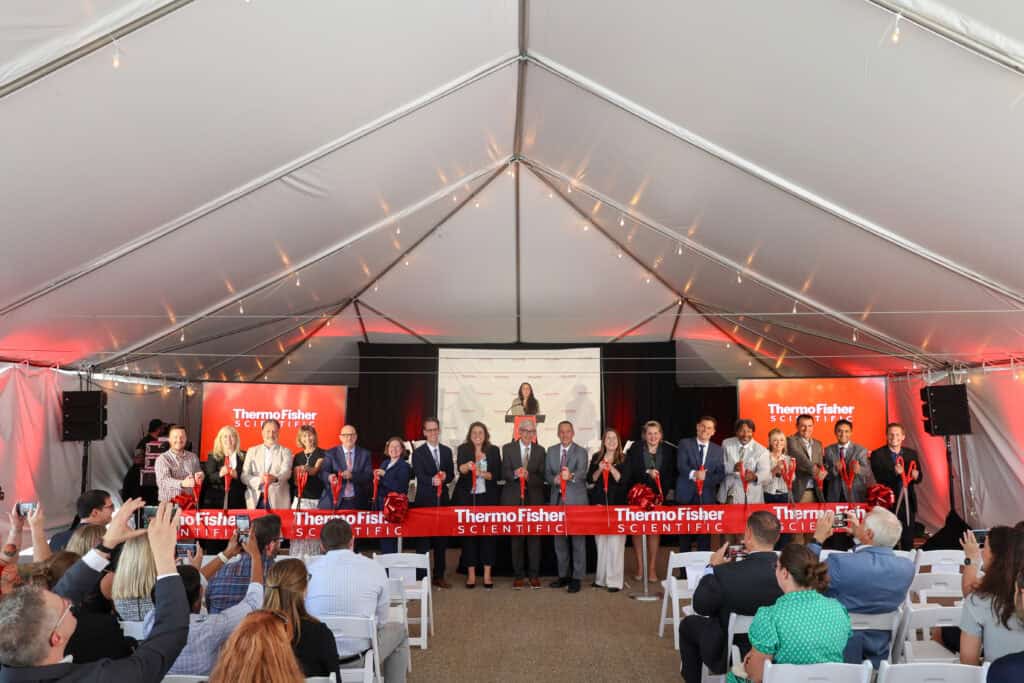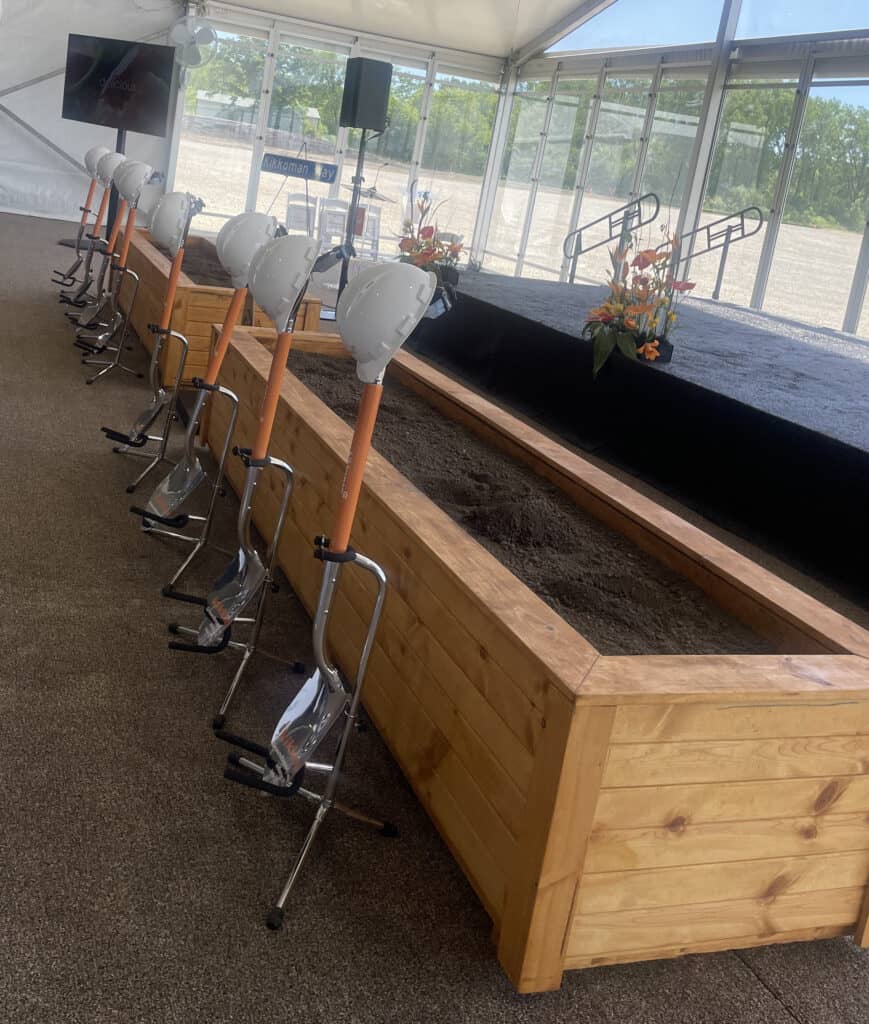2024 is shaping up to be an exciting year for education and workforce development in Southcentral Wisconsin, as the region prepares to welcome a new wave of fab labs. These high-technology workshops are set to revolutionize how students and professionals engage with science, technology, engineering, arts, and mathematics (STEAM). Let’s explore what this means for the Madison Region.
“Fab labs are a cornerstone of our commitment to fostering innovation and economic growth in the Madison Region. By providing state-of-the-art technological resources and hands-on learning opportunities, we are equipping the next generation with the skills and creativity necessary to excel in an increasingly competitive global market.”
Jason M. Fields, CEcD, CFEI, CCRS, President & CEO of MadREP
The 2024 Fab Labs Awards Announcement
In April 2024, the Wisconsin Economic Development Corporation (WEDC) and Governor Tony Evers announced a significant investment in the state’s educational infrastructure. Over $493,000 in grants have been distributed among 18 school districts to establish or expand fab labs. This initiative is a strategic move to equip students with the skills needed for the modern workforce and ensure that Wisconsin remains competitive in a rapidly evolving economic landscape.
Fab Labs in the Madison Region
The Madison Region, comprised of Columbia, Dane, Dodge, Iowa, Green, Jefferson, Rock and Sauk counties, is a hotspot for these new developments. four school districts in our Region (Deerfield Community School District, DeForest Area School District, Fall River School District and Waunakee Community School District) have been awarded fab lab grants, bringing the total number of fab lab awards in the Region to an impressive twenty-six. These grants represent a commitment to fostering innovation and providing students with hands-on learning experiences.
What Are Fab Labs?
Fab labs, short for fabrication laboratories, are high-technology workshops equipped with state-of-the-art manufacturing components like 3D printers, laser engravers, computer numerical control (CNC) routers, and plasma cutters. These facilities enable students and professionals to design, prototype, and create physical objects, bridging the gap between theoretical knowledge and practical application.
The Role of Fab Labs in Workforce Development
Fab labs play a crucial role in workforce development by providing students with practical experience in STEAM fields. They help cultivate a skilled workforce ready to tackle the challenges of the 21st-century economy. By engaging with advanced technologies, students gain valuable skills that are directly applicable to industries such as manufacturing, engineering, and design.
Other Districts Receiving Fab Lab Awards
In addition to the schools in the Madison Region, several other districts across Wisconsin have received fab lab grants, including:
- Butternut School District – $22,000
- Racine Unified School District – $25,000
- Tri County Area School District, Plainfield – $25,000
- CESA 3 (Consortium) – Fennimore – $47,396
- Hayward Community School District – $25,000
- School District of Nekoosa – $25,000
- New Lisbon School District – $25,000
- Random Lake School District – $24,300
- St. Croix Central School District – $25,000
- Washington Island School District – $25,000
- Weyauwega-Fremont School District – $25,000
- Whitehall School District (Consortium) – $50,000
The Impact of Fab Labs on the Community
The introduction of fab labs has a ripple effect that extends beyond the classroom. These facilities serve as hubs for innovation and collaboration, bringing together students, educators, and industry professionals. They foster a culture of creativity and problem-solving, encouraging participants to think critically and develop solutions to real-world challenges.
Why Fab Labs Are Essential for Future Growth
In an era where technology is rapidly advancing, it is essential to equip the next generation with the skills and knowledge required to succeed. Fab labs provide a unique opportunity for students to engage with cutting-edge technologies and develop a deep understanding of STEAM subjects. This hands-on experience is invaluable in preparing them for future careers.
How Fab Labs Enhance Learning
Fab labs offer an interactive and immersive learning environment that goes beyond traditional classroom teaching. Students can see their ideas come to life as they work on projects that require critical thinking and technical skills. This experiential learning approach helps students retain information better and fosters a love for learning.
The Role of Educators in Fab Labs
Educators play a pivotal role in the success of fab labs. They guide students through the learning process, helping them understand complex concepts and encouraging them to explore new ideas. Professional development for teachers is also essential to ensure they are well-equipped to utilize fab lab resources effectively.
Success Stories from Fab Labs
There are countless success stories from schools that have integrated fab labs into their curriculum. For instance, students at Seymour High School have used their fab lab to develop innovative projects, ranging from robotics to custom-designed furniture. Projects like these not only enhance their technical skills but also boost their confidence and creativity.
Future Prospects for Fab Labs in Wisconsin
The future looks bright for fab labs in Wisconsin. With continued support from the WEDC and state government, more schools will have access to these valuable resources. WEDC will provide grants of up to $25,000 to eligible Wisconsin public school districts, or up to $50,000 to consortiums of two or more public school districts, for the creation and/or expansion of fabrication laboratories within the school district(s). Visit WEDC’s fab lab resource page to learn more.
How to Get Involved with Fab Labs
If you are interested in fab labs, consider collaborating with local schools, participating in workshops and training sessions, or even setting up a fab lab in your community. WEDC’s fab lab resource page offers valuable information on getting started.
The expansion of fab labs in Southcentral Wisconsin is a significant step towards building a brighter future for students and professionals alike. These high-technology workshops provide invaluable hands-on learning experiences, prepare students for future careers, and foster a culture of innovation and creativity.
If you’re passionate about education and technology, now is the perfect time to get involved and make a difference. Explore the opportunities that fab labs offer and join the movement towards a more skilled and innovative workforce. For more information on how to set up a fab lab or to access resources, visit the Wisconsin Economic Development Corporation’s website.




